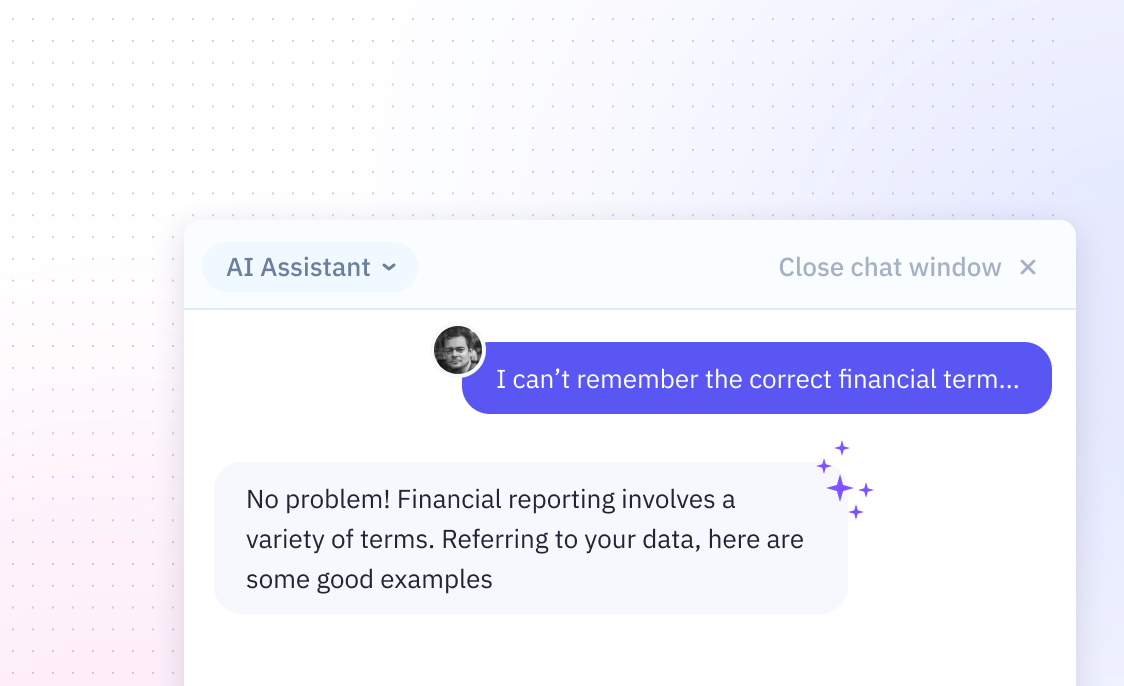
How To Calculate Sample Mean In Excel
Introduction
Calculating the sample mean is a fundamental statistical operation that can be performed using Excel. Excel offers built-in functions for finding the average value of a data set.
This guide provides a step-by-step approach to compute the sample mean in Excel, ensuring even beginners can execute the task correctly. We'll also explore how Sourcetable's AI chatbot can instantly calculate sample means and perform complex data analysis through natural conversation, eliminating the need to learn Excel functions - try Sourcetable now to analyze any spreadsheet data by simply asking.
How to Calculate Sample Mean in Excel
Excel calculates the arithmetic mean by adding all numbers in a dataset and dividing by the total count. The mean serves as a central tendency measure useful for analyzing data, comparing historical trends, and determining KPIs.
Basic Mean Calculation Steps
1. Enter your data into a spreadsheet column2. Select an empty cell for the result3. Use the formula =AVERAGE(cell range)4. Excel will automatically compute the mean
Alternative Method Using Function Menu
1. Place cursor in desired result cell2. Select Insert Function from FORMULAS tab3. Choose AVERAGE from Statistical category4. Enter cell range in Number 1 box5. Click OK to calculate
Available Average Functions
Excel offers specialized averaging functions:- AVERAGE: Standard arithmetic mean- AVERAGEA: Includes zero values and text- AVERAGEIF: Calculates mean based on single criterion- AVERAGEIFS: Calculates mean based on multiple criteria
The AVERAGE function accepts numbers, cell references, or ranges as arguments. This versatile tool enables efficient data analysis for project management and business strategy development.
Use Cases for Sample Mean Calculations in Excel
Quarterly Business Sales Analysis
Calculate the average sales figures across different periods to identify trends and make data-driven business decisions. This helps in forecasting future sales and evaluating business performance against targets.
Academic Performance Assessment
Track and analyze student test scores to evaluate class performance and identify areas needing improvement. This information is crucial for educators to adjust teaching methods and provide targeted support.
Climate Data Analysis
Monitor and analyze temperature patterns by calculating mean temperatures over specific time periods. This data is valuable for climate research, agricultural planning, and seasonal predictions.
Retail Traffic Monitoring
Measure average daily customer foot traffic to optimize staffing levels and business hours. This information helps managers make informed decisions about resource allocation and marketing strategies.
Customer Service Performance Metrics
Track the average resolution time for customer service tickets to evaluate team performance and identify bottlenecks. This metric is essential for improving service quality and maintaining customer satisfaction.
Excel vs Sourcetable: Revolutionizing Spreadsheet Work with AI
Spreadsheets have long been dominated by Excel's complex functions and formulas, requiring significant expertise to master. Sourcetable reimagines this experience with an AI-powered approach that lets you create, analyze, and visualize data through simple conversations. Upload any file or connect your database, then let Sourcetable's AI handle the heavy lifting. Try Sourcetable now to experience how AI can answer any spreadsheet question.
Natural Language Interface
While Excel requires manual formula input and feature navigation, Sourcetable lets you accomplish tasks by simply describing what you want to the AI chatbot. This conversational approach eliminates the learning curve associated with traditional spreadsheet tools.
Data Analysis Capabilities
Excel's analysis tools demand manual configuration and formula knowledge. Sourcetable's AI automatically performs complex analyses based on your natural language requests, handling data of any size from various sources.
Visualization and Reporting
Instead of manually creating charts and selecting data ranges in Excel, Sourcetable generates stunning visualizations through simple conversation. Tell the AI what insights you want to highlight, and it creates the appropriate charts instantly.
Data Integration
While Excel requires manual imports and formatting, Sourcetable seamlessly handles various file formats and database connections. The AI automatically processes and prepares your data for analysis, regardless of the source.
Frequently Asked Questions
What is the basic formula to calculate mean in Excel?
The basic formula is =AVERAGE followed by the data range. Enter your data into the spreadsheet, select an empty cell, and use this formula to have Excel compute the mean.
What different Excel functions can I use to calculate mean?
Excel offers three main functions for calculating mean: 1) =AVERAGE for basic mean calculations, 2) =AVERAGEA to include all data, 3) =AVERAGEIF for single criterion calculations, and 4) =AVERAGEIFS for calculations with multiple criteria.
What are the steps to calculate mean in Excel?
The steps are: 1) Enter the data into the Excel spreadsheet, 2) Reorganize the spreadsheet if necessary, 3) Select an empty cell, 4) Enter the formula =AVERAGE to find the mean.
Conclusion
Calculating sample mean in Excel requires several steps and manual data entry. Basic statistical functions like AVERAGE can be time-consuming to implement correctly.
Sourcetable eliminates these complexities with its AI-powered interface. The chatbot instantly answers statistical questions and guides you through calculations.
Try Sourcetable today for faster, smarter spreadsheet analysis.






